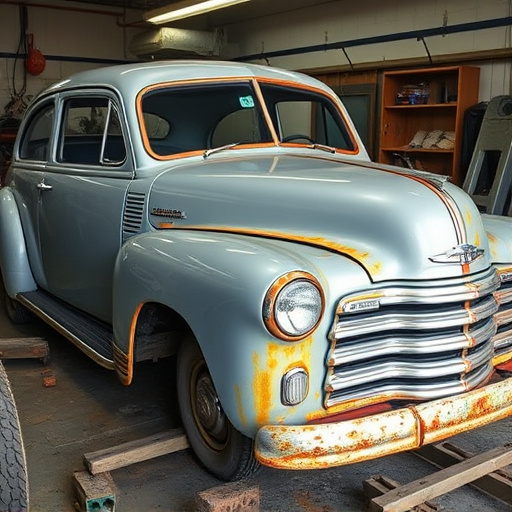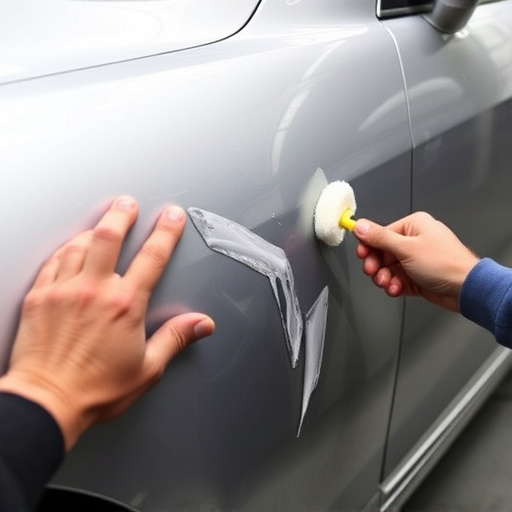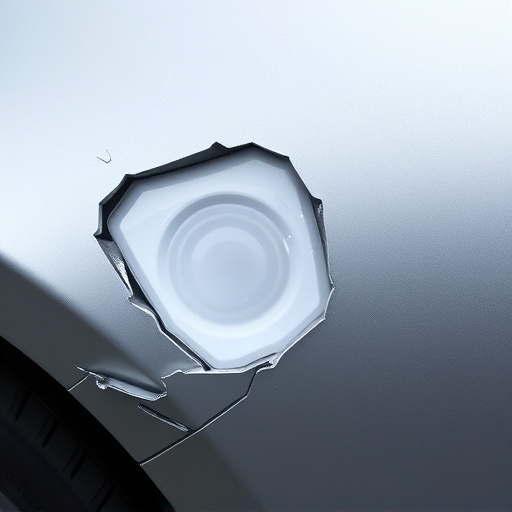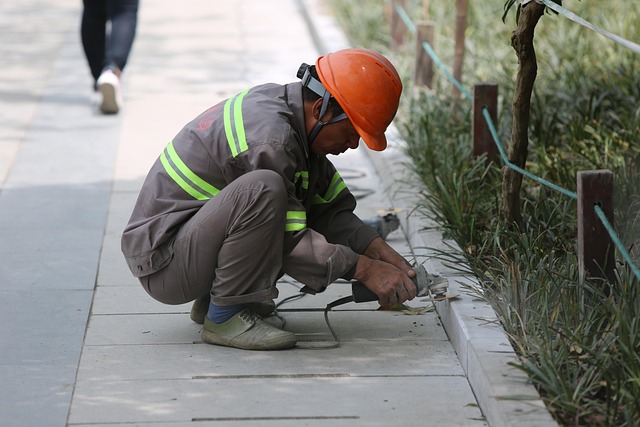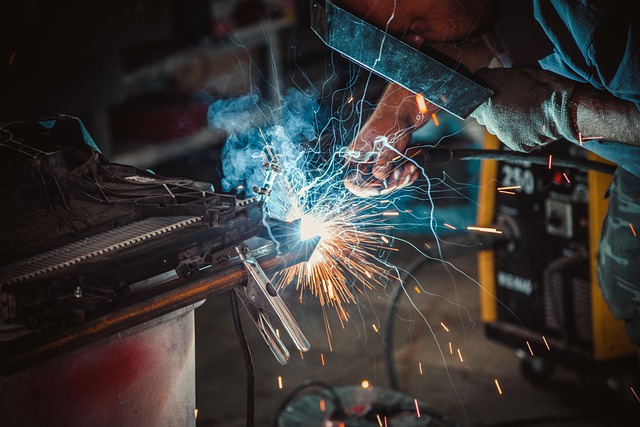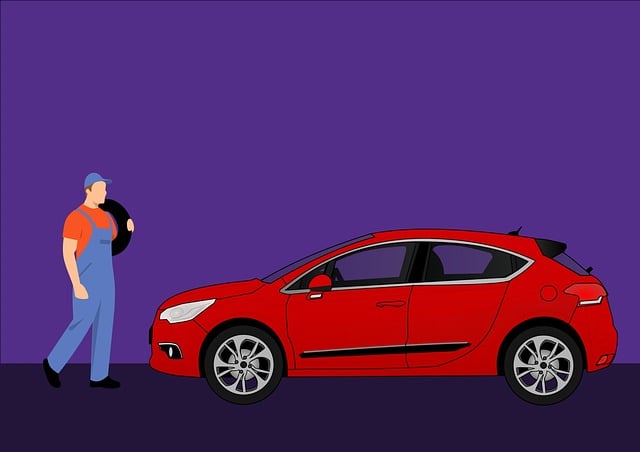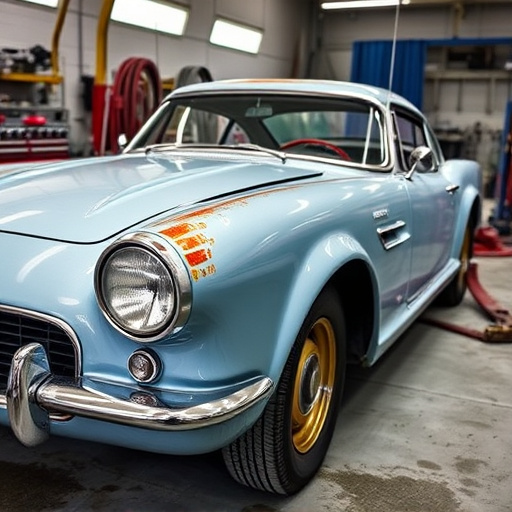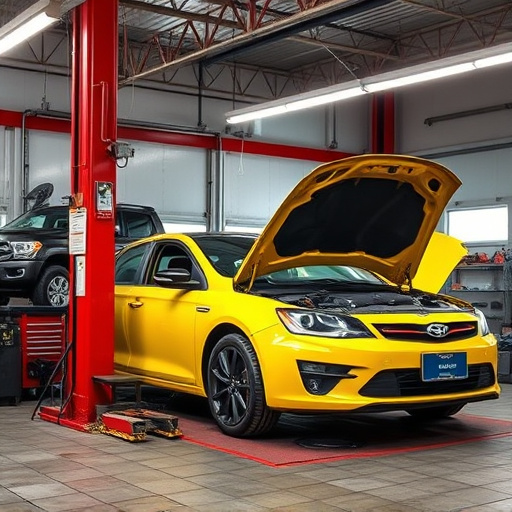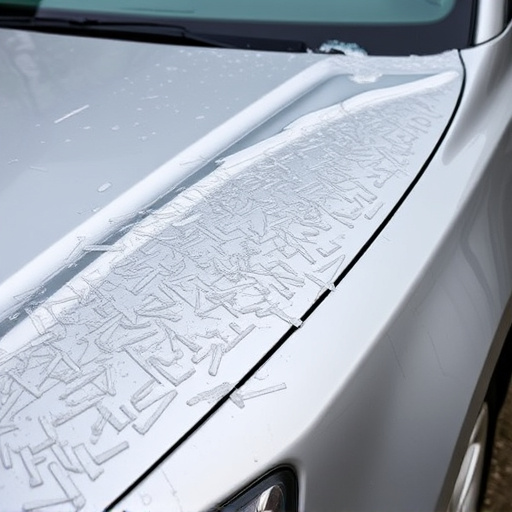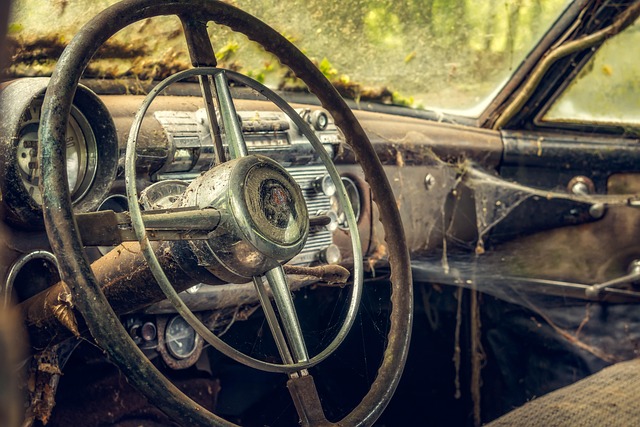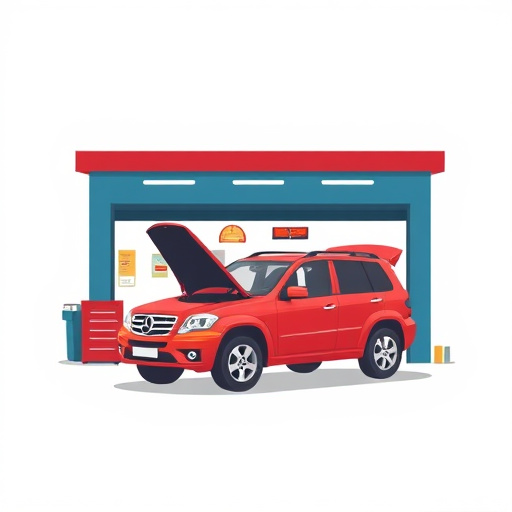A Mercedes GLS crash repair requires meticulous attention to camera and radar sensor calibration, crucial for advanced driver-assistance systems (ADAS) like adaptive cruise control, lane-keeping assist, and collision avoidance. Skilled technicians use specialized tools to maintain or recalibrate these sensors, ensuring peak performance post-repair. Proper frame straightening, careful fender repair, and regular inspections are vital to preserve sensor accuracy and maintain the vehicle's superior safety capabilities in various driving conditions.
Mercedes GLS owners can rest assured that proper crash repair maintains the accuracy of their vehicle’s camera and radar calibration. Modern cars rely heavily on these sensors for safety features like autonomous emergency braking and lane-keeping assist. A well-executed Mercedes GLS crash repair process ensures these vital components are recalibrated to optimal performance, preventing any compromise in active safety systems. This article delves into the importance of sensor calibration and provides best practices for maintaining accuracy post-collision repair.
- Understanding Camera and Radar Calibration in Modern Vehicles
- The Impact of Mercedes GLS Crash Repair on Sensor Accuracy
- Best Practices for Maintaining Calibration After Collision Repair
Understanding Camera and Radar Calibration in Modern Vehicles
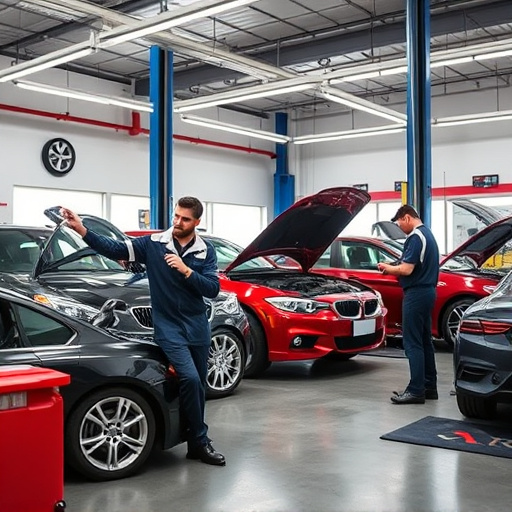
In modern vehicles like the Mercedes GLS, camera and radar calibration play a pivotal role in advanced driver-assistance systems (ADAS). These systems, designed to enhance safety, rely on precise sensor data to enable features such as adaptive cruise control, lane keeping assist, and collision avoidance. Calibration ensures that these sensors accurately track and interpret their surroundings, crucial for the effective functioning of ADAS.
A Mercedes GLS crash repair isn’t just about fixing physical damage; it also demands maintaining or recalibrating these sensor systems to ensure they operate at peak performance post-repair. This is because car damage repair, particularly in complex modern vehicles, can disrupt sensor alignment and calibration. Auto maintenance professionals must employ specialized tools and techniques to restore the accuracy of cameras and radar, thereby guaranteeing that safety features function flawlessly, just as Mercedes Benz repair specialists are trained to do.
The Impact of Mercedes GLS Crash Repair on Sensor Accuracy

When a Mercedes GLS undergoes crash repair, it’s not just the external damage that needs meticulous attention; maintaining the accuracy of its sophisticated sensors is equally vital. The vehicle is equipped with advanced camera and radar systems, integral to safety features like adaptive cruise control, lane-keeping assist, and automatic emergency braking. These sensors require precise calibration for optimal performance.
During collision repair services, especially complex dent removal procedures or structural adjustments, there’s a risk of disrupting sensor alignment and calibration. Skilled technicians employ specialized tools and techniques to ensure the vehicle’s safety systems remain accurate. This meticulous process involves recalibrating cameras and radars to maintain their effectiveness, ensuring the Mercedes GLS continues to provide superior safety features post-repair.
Best Practices for Maintaining Calibration After Collision Repair

After a Mercedes GLS crash repair, maintaining the accuracy of camera and radar calibration is paramount to ensure optimal safety features performance. To achieve this, several best practices should be followed. First, frame straightening must be performed meticulously to preserve the vehicle’s structural integrity and prevent any misalignment that could affect sensor calibration. This involves using advanced techniques and equipment to return the frame to its original specifications.
Next, for effective fender repair and beyond, every step of the restoration process should prioritize minimizing disruptions to the surrounding sensors and components. This includes careful handling, use of compatible materials, and precise alignment. Regular inspections post-repair are crucial, allowing technicians to identify and correct any drift in sensor calibration early on, thereby guaranteeing the Mercedes GLS maintains its advanced driver-assistance systems (ADAS) functionality and accuracy in various driving conditions.
Mercedes GLS crash repair involves more than just physical restoration; it demands meticulous attention to maintain the precision of camera and radar calibration. As these sensors play a critical role in advanced driver-assistance systems (ADAS), ensuring their accuracy post-repair is paramount. By adhering to best practices, collision repair specialists can preserve the integrity of these systems, enhancing safety features and customer satisfaction for Mercedes GLS owners.
